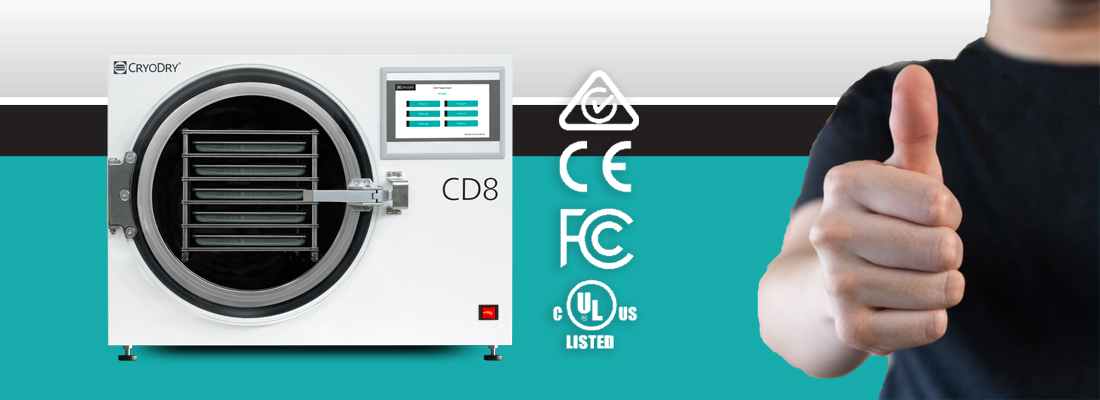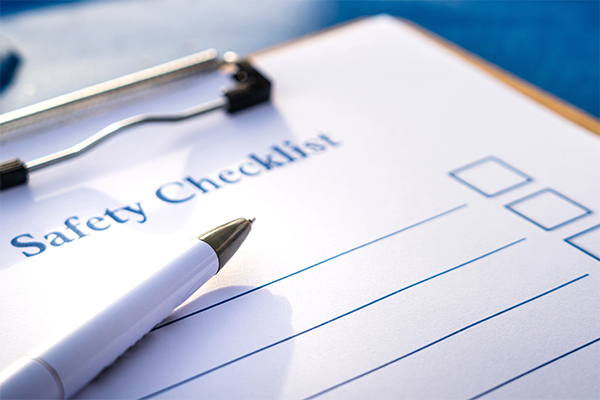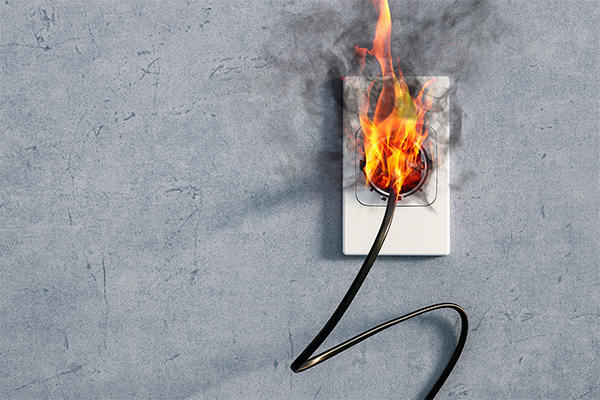Info, Knowledge Base
CD8 Freeze Dryer Certified: The Importance of RCM Compliance Mark for Australian & New Zealand Freeze Dryer Users


This article explains the regulatory frameworks and technical standards of the Australian and New Zealand Regulatory Compliance Mark (RCM), the Electrical Equipment Safety System (EESS) and Australian Communications and Media Authority (ACMA), emphasizing the importance of compliance for ensuring the safety and reliability of electrical equipment sold and used locally. It addresses the risks associated with the use and purchase of non-compliant electrical equipment, particularly those procured from overseas manufacturers and more so, when purchased through internet platforms. Overseas manufacturers may have knowingly or unknowingly disregarded Australian and New Zealand regulatory compliance requirements.
Freeze Dryers are classified in the highest Risk Level 3 according to EESS similar to air conditioning, fridges and freezers amongst other household equipment.
Then under “Risk of Non-Compliant Equipment” under “safety hazards”
Non-compliant products may not meet safety standards, leading to increased risks of accidents and injuries. With freeze dryers being in the highest Risk Level compliant is paramount.
Introduction
Electrical equipment in Australia and New Zealand is governed by strict safety and compliance standards to ensure product reliability, reduce electrical hazards and importantly to protect consumers. The RCM and EESS frameworks as well as ACMA technical standards play pivotal roles in this regulatory landscape. Understanding these regulations and the consequence of non-compliance is crucial for consumers.
Overview of RCM, EESS and ACMA
Regulatory Compliance Mark (RCM)

The RCM indicates that electrical products comply with the applicable Australian and New Zealand standards covering safety, electromagnetic compatibility, and energy efficiency. The mark is a visible confirmation that the product meets rigorous regulatory requirements before it enters the market.
Electrical Equipment Safety System (EESS)
The EESS is a regulatory framework aimed at enhancing the safety of electrical equipment in Australia and New Zealand. It requires that all in-scope electrical equipment is registered and that responsible suppliers are also registered in a national database, ensuring traceability and accountability.
Technical Standards (ACMA)
ACMA regulate electrical equipment with communication interfaces such as WIFI and Bluetooth under the Telecommunications Act and Broadcasting Services Act.
Importance of Compliance
Safety

Compliance with RCM and EESS ensures that electrical equipment meets established safety standards that minimize the risk of fire, electric shock, and other hazards. This protection is crucial not just for user safety, but also for the protection of property.
Legal and Financial Implications
Use of non-compliant equipment can lead to significant legal and financial consequences for consumers and company directors alike. This includes loss of personal and property insurance cover, loss of workers compensation, directors’ liability cover and others. It also carries significant fines and can even be prosecuted as criminal offence.
Risks of Non-Compliant Equipment
Safety Hazards

Non-compliant products may not meet safety standards, leading to increased risks of accidents and injuries.
Legal Repercussions
Using non-compliant electrical equipment can result in penalties, including fines and legal action against companies and individuals responsible.
Reliability and Performance Issues
Equipment that does not comply with the necessary standards often underperforms, leading to frequent failures and increased maintenance or production downtime costs.
Overseas Manufacturers, the Internet and Non-Compliant Equipment
Thanks to stringent local standards, Australian and New Zealand consumers naturally expect products offered to them, to always be compliant and safe to use. As such there is generally low awareness of the need to confirm product compliance for products outside of typical consumer products, such as freeze dryers and vacuum pumps.

The global nature of internet purchasing complicates the enforcement of local standards like the RCM and EESS, because products can be shipped from jurisdictions outside Australia and New Zealand, with less stringent or total disregard of regulations and without local inspections being performed.
Consumers need to be vigilant when purchasing freeze dryers, vacuum pumps and other electrical equipment, especially when purchased online. Verifying the presence of the RCM and checking the EESS registration can help ensure compliance. If unsure contact the supplier and insist on evidence of compliance prior to making your purchase.
Is the CryoDry CD8 Freeze Dryer Certified and Compliant?
Our new Gen CryoDry CD8 freeze dryer released on 1 August 2024 offers global certification according to the highest standards of UL (USA), CSA (Canada) CE (Europe) and RCM (Australia/New Zealand). Our machines have undergone vigorous third-party review and testing by UL and SGS.
This article explains the regulatory frameworks and technical standards of the Australian and New Zealand Regulatory Compliance Mark (RCM), the Electrical Equipment Safety System (EESS) and Australian Communications and Media Authority (ACMA), emphasizing the importance of compliance for ensuring the safety and reliability of electrical equipment sold and used locally. It addresses the risks associated with the use and purchase of non-compliant electrical equipment, particularly those procured from overseas manufacturers and more so, when purchased through internet platforms. Overseas manufacturers may have knowingly or unknowingly disregarded Australian and New Zealand regulatory compliance requirements.
Freeze Dryers are classified in the highest Risk Level 3 according to EESS similar to air conditioning, fridges and freezers amongst other household equipment.
Then under “Risk of Non-Compliant Equipment” under “safety hazards”
Non-compliant products may not meet safety standards, leading to increased risks of accidents and injuries. With freeze dryers being in the highest Risk Level compliant is paramount.

